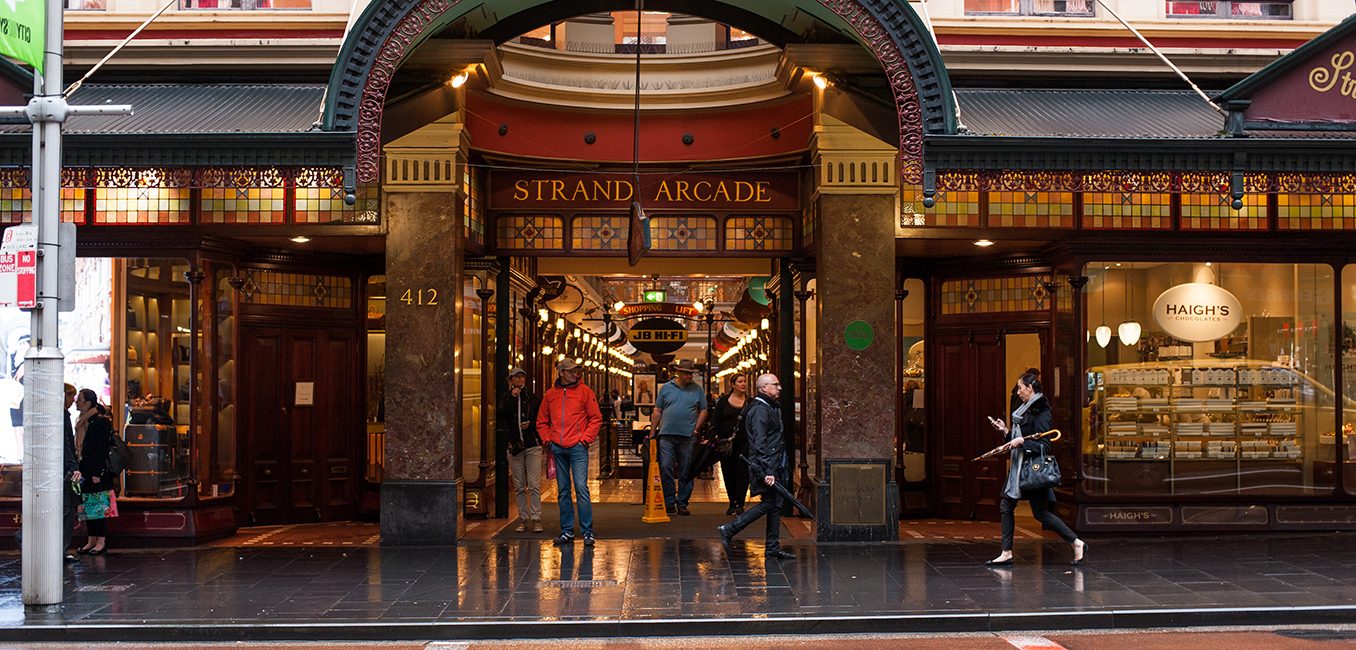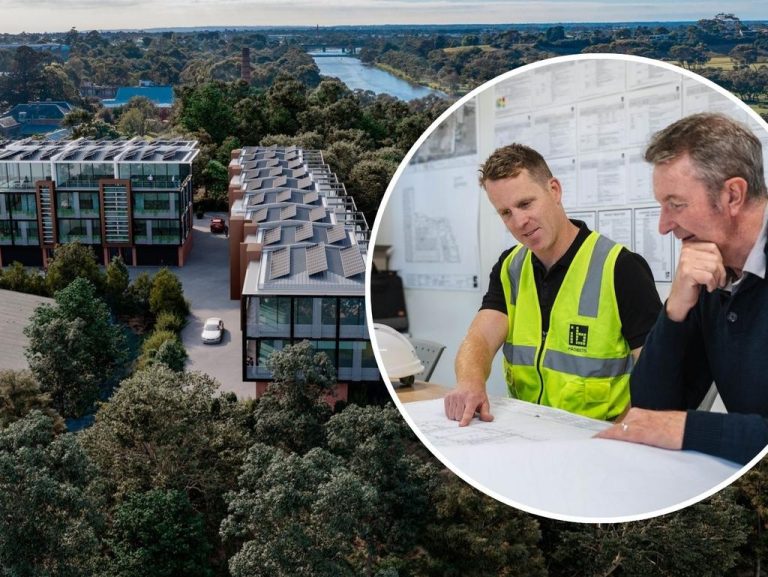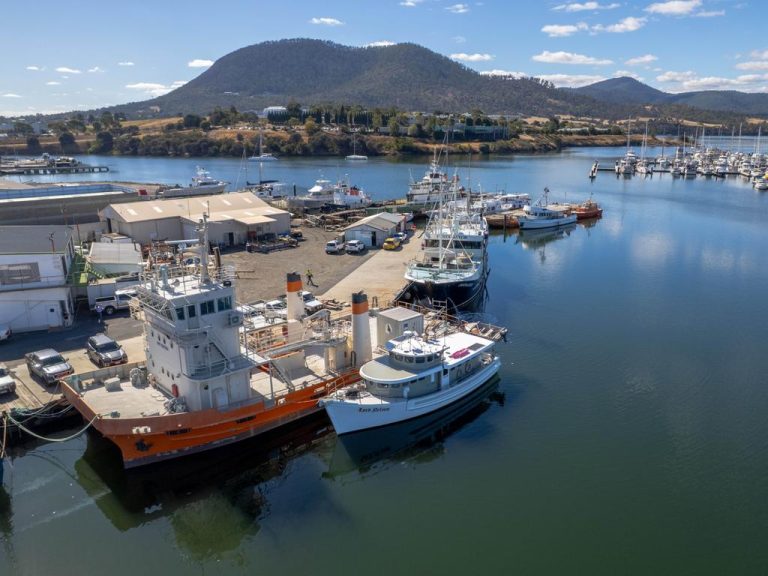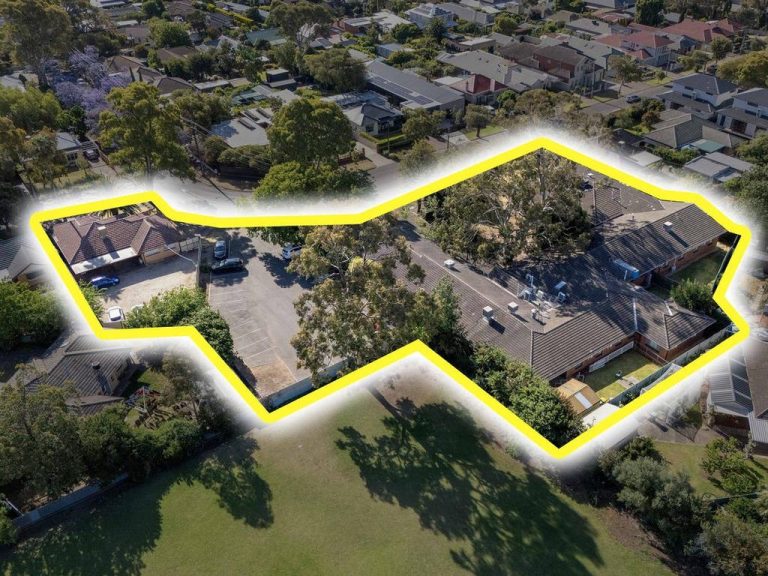International brands light fire under Sydney CBD retail

Sydney CBD retailers are paying a growing premium for space in Australia’s hottest shopping market, with prime rents ballooning by more than a quarter.
New South Wales prime retail rents jumped by 28.4% in the second quarter of 2016, according to CBRE data, led by heated tourism trade and booming interest from international brands.
CBRE’s head of retail brokerage leasing Australia, Leif Olson, says demand for CBD space has driven vacancy rates down, forcing retailers to seek other leasing opportunities and pushing up prime and secondary rents.
Two-paced: Mixed retail results for Australia’s capital cities
“The strong CBD demand, particularly being driven by foreign brands, has pushed other retailers into the prime and secondary locations, which in turn has created stronger demand for these sectors and supported rent growth,” Olson says.
“This trend is particularly prevalent in Sydney, where low vacancy rates are prompting retailers to establish themselves in new parts of the CBD.”
One factor that is supporting retail trade growth is increasing tourism, particularly with Chinese tourists exceeding a million visitors in the year to March 2016
“This is being witnessed in the prime southern end of the city, with more retailers looking towards the World Square precinct for expansion opportunities.”
“Recent new market entrants include Tim Ho Wan and Uncle Tetsu’s Japanese Cheesecake shop.”
According to CBRE’s Q2 Retail MarketView report, New South Wales prime and secondary rents grew by 3% and 5% respectively during the first half of 2016.
And the growth won’t slow anytime soon, Olson says, as more big-name foreign brands clamour for their share of the city’s space and keep vacancy rates low.
“Retail supply in Sydney is structurally constrained, given the strong preference for ground floor retail which limits stock growth to an extent,” he says.
“One factor that is supporting retail trade growth is increasing tourism, particularly with Chinese tourists exceeding a million visitors in the year to March 2016.”
The strong CBD demand, particularly being driven by foreign brands, has pushed other retailers into the prime and secondary locations
“These visitors are positively benefiting Australian retailers, particularly in the luxury and mid-end markets, as they are on average the highest spenders per trip by a far margin.”
Olson says a number of key new developments could provide some relief in a market starved of opportunity.
“Continued urban redevelopment throughout the CBD and fringes will activate new retail precincts,” he says.
“We are seeing new development projects emerging on George St in Circular Quay and midtown, which will bring new opportunities to the market,” he says.







